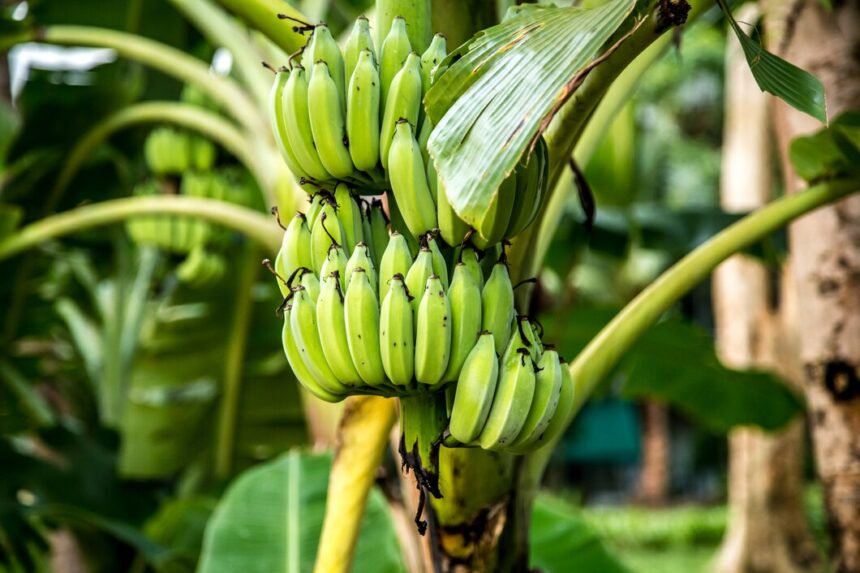Black Sigatoka, also known as black leaf streak, is a fungal disease caused by Mycosphaerella fijiensis. It is a major threat to banana crops worldwide, reducing yield and fruit quality. Early detection is crucial for managing this disease effectively. Here are 10 early signs that your bananas may be infected with Black Sigatoka:
1. Small, Dark Spots on Leaves
One of the first signs of Black Sigatoka is the appearance of small, dark brown or black spots on the lower (older) leaves of the banana plant. These spots are typically less than 1 mm in diameter and may be difficult to see at first.
2. Streaks and Lesions
As the disease progresses, these spots can develop into elongated streaks or lesions. These streaks are usually parallel to the leaf veins and can range from a few millimeters to several centimeters in length.
3. Yellow Halos
The dark spots and streaks may be surrounded by yellow halos. This yellowing, known as chlorosis, indicates that the leaf tissue around the infection is dying.
4. Premature Leaf Yellowing
Infected leaves may begin to yellow prematurely, starting from the edges and moving inward. This yellowing is more pronounced than the natural aging process of the leaves.
5. Leaf Necrosis
The infected areas eventually turn black and necrotic as the tissue dies. This necrosis can spread rapidly, causing significant damage to the leaf.
6. Leaf Blight
Severe infections can lead to blight, where large portions of the leaf turn brown and dry out. This can reduce the photosynthetic capability of the plant, affecting its overall health and fruit production.
7. Reduced Leaf Size
Young leaves may emerge smaller and more deformed than healthy leaves. The presence of smaller leaves is a sign that the plant is under stress from the disease.
8. Early Leaf Shedding
Infected banana plants may shed their leaves earlier than normal. This can leave the plant with fewer leaves to photosynthesize, further reducing its vigor and yield.
9. Black Streaks on Pseudostems
In advanced stages, black streaks may appear on the pseudostems (the false stems formed by leaf bases). These streaks are a clear indication that the infection has spread beyond the leaves.
10. Poor Fruit Development
Ultimately, Black Sigatoka affects the banana fruit. Infected plants may produce smaller, misshapen, or fewer fruits. The fruits may also ripen prematurely or unevenly, affecting their market value and quality.
Management and Prevention
Early detection and prompt management are crucial to controlling Black Sigatoka. Here are some strategies to consider:
- Regular Monitoring: Frequently inspect your banana plants for any signs of disease. Early intervention can prevent the spread of Black Sigatoka.
- Fungicide Application: Apply fungicides as part of an integrated disease management program. Rotating fungicides with different modes of action can help prevent resistance.
- Cultural Practices: Improve air circulation around plants by removing excess leaves and avoiding dense planting. Prune and destroy infected leaves to reduce the source of spores.
- Resistant Varieties: Consider planting banana varieties that are resistant or tolerant to Black Sigatoka. This can significantly reduce the impact of the disease.
- Nutrient Management: Maintain proper nutrition for your banana plants. Healthy plants are better able to resist infections and recover from disease damage.
Black Sigatoka is a serious disease that can devastate banana crops if not managed properly. Recognizing the early signs of the disease is essential for effective control. By monitoring your plants regularly and implementing integrated management strategies, you can protect your banana crops from the damaging effects of Black Sigatoka and ensure a healthy, productive harvest.
Join 'Farmers Mag' WhatsApp Channel
Get the latest Farming news and tips delivered straight to your WhatsApp
CLICK HERE TO JOIN






